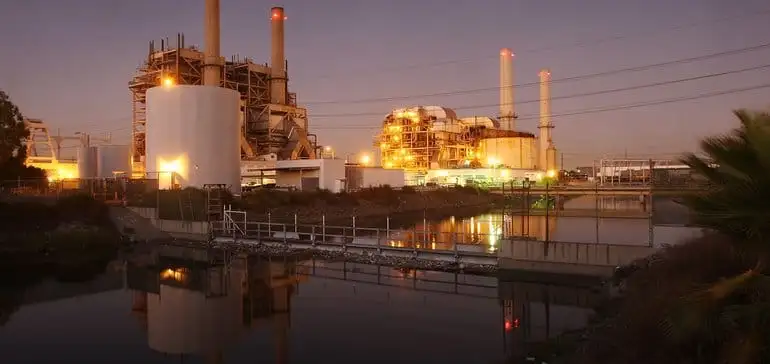Ohio nuclear generators to face more competition with new 955-MW gas plant

High Voltage Maintenance Training Online
Our customized live online or in‑person group training can be delivered to your staff at your location.

- Live Online
- 12 hours Instructor-led
- Group Training Available
Ohio gas-fired generation accelerates as combined-cycle plants join PJM Interconnection, challenging FirstEnergy's Davis-Besse baseload in Lucas County with 869-955 MW capacity and lower costs than nuclear, this summer and a new 2020 project.
Key Points
Ohio gas-fired generation is new combined-cycle capacity for PJM, adding 955 MW and competing with nuclear baseload.
✅ 955 MW Lucas County plant approved by Ohio Power Siting Board
✅ 869 MW Oregon Clean Energy Center entered service this summer
✅ PJM says reliability unaffected without FirstEnergy nuclear
Nuclear generators already struggling in Ohio will face even more competition from almost 900 MW of gas-fired generation that came online this summer, amid concerns over a growing supply gap in some regions, and another 950 MW plant now in the works.
Both plants will connect to the PJM Integration market, according to the Toledo Blade, and will generate more power than FirstEnergy's nearby Davis-Besse nuclear plant overall.
The Clean Energy Future–Oregon project will cost an estimated $900 million to construct, and is expected to begin operation in 2020. The project was initially approved more than four years ago.
Nuclear plants in Ohio have pressed for subsidies to remain in operation, as their emissions-free power is being pushed off the grid by cheaper natural gas, reflecting a broader debate over the future of struggling nuclear plants across the U.S. In May, FirstEnergy CEO Chuck Jones told the Ohio Senate Public Utilities Committee that its Davis-Besse and Perry nuclear plants are unlikely to successfully compete with low cost gas-fired generation in the wholesale power market.
Proponents of supporting baseload generation like coal and nuclear have pointed to their contributions to the reliability and resiliency of the power system, and some jurisdictions are considering new large-scale nuclear to meet those goals. But FirstEnergy's Ohio nuclear plants are not necessary for system reliability, according to Craig Glazer, vice president of federal government policy at PJM Interconnection and the former chairman of the Public Utilities Commission of Ohio.
The Ohio Power Siting Board last week authorized Clean Energy Future-Oregon LLC to construct a 955 MW gas-fired, combined-cycle power plant in Lucas County.
The plant will be located on a 30-acre parcel of land in Oregon, Ohio, and will interconnect to the regional electric transmission grid via nearby 138 and 345 kV transmission lines.
The project is being developed by CME Energy, which this summer also brought online the Oregon Clean Energy Center, an 869 MW gas-fired power plant at a nearby location, while governments elsewhere weigh new gas plants to boost electricity production.











